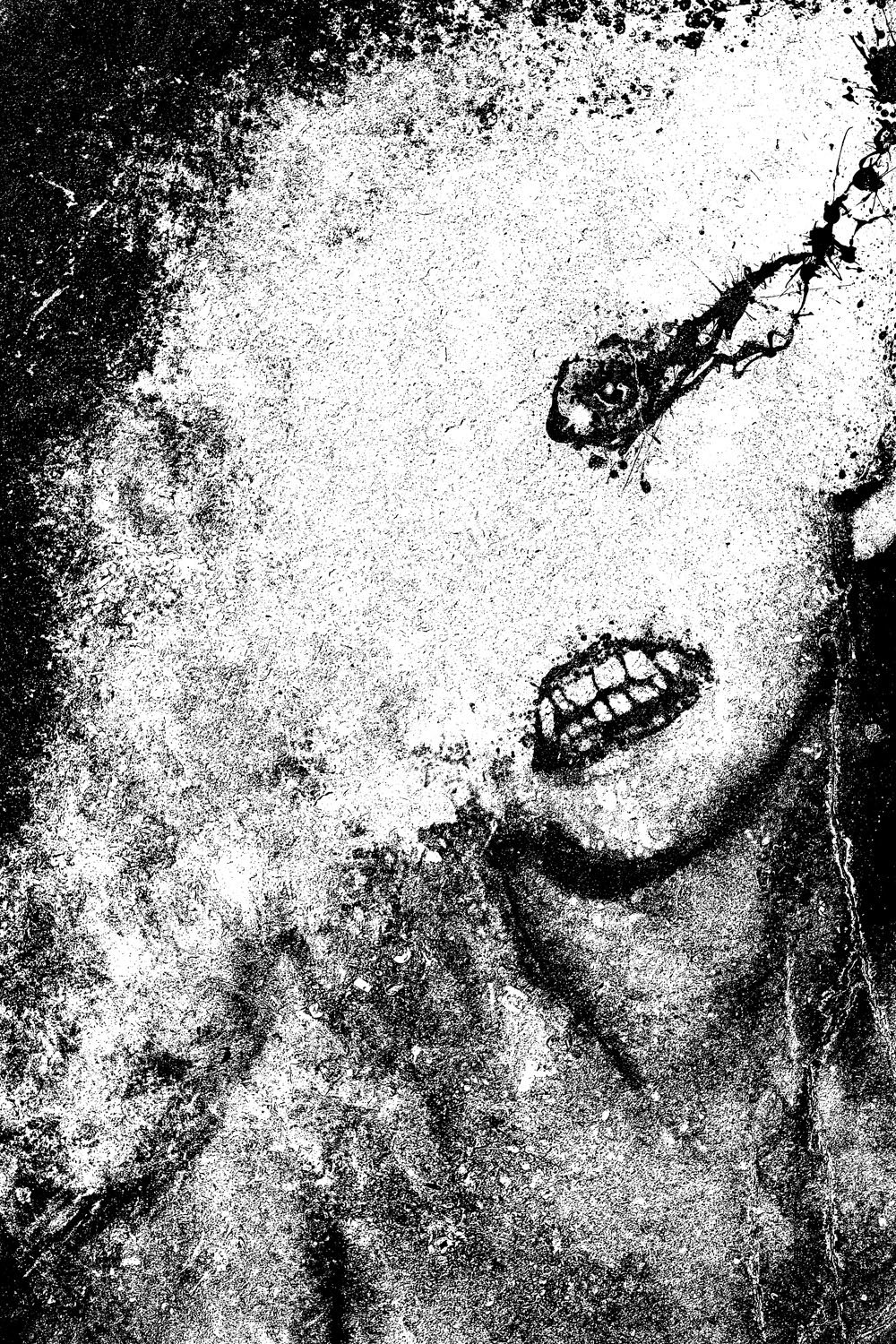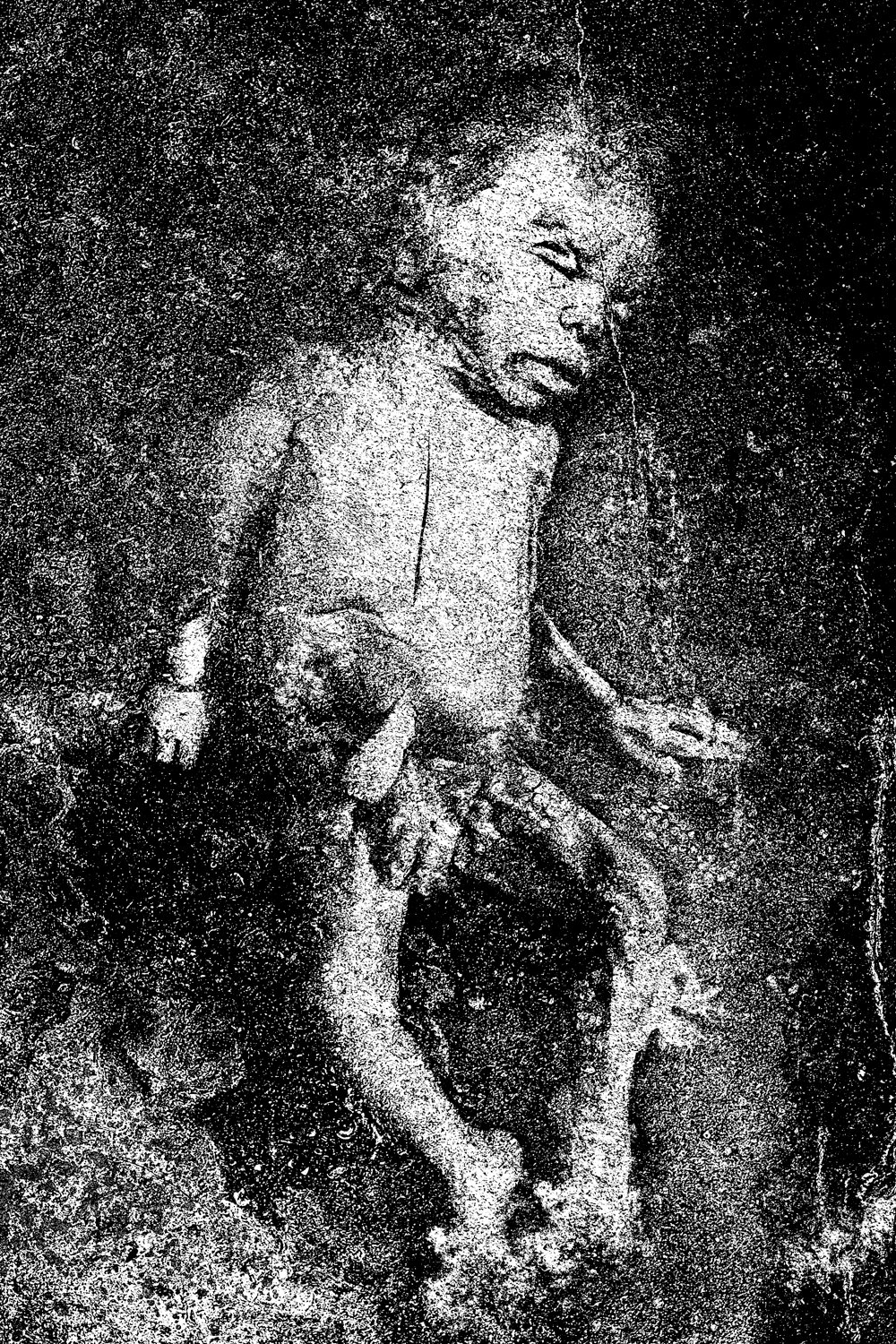The Moons of Saturn
Frank Rodick, 2021
I think here I will leave you. It has come to seem there is no perfect ending. Indeed, there are infinite endings. Or perhaps, once one begins, there are only endings.
—Louise Glück
I am a man in winter. So, no surprise, and nothing special, that fraternal horizons of sickness and mortality loom close. Personal circumstances, along with the global pandemic—interminable, deadly, too often dreamlike—intensified these feelings. As no doubt happened for millions. For billions. Life is fragile, feels somehow more acute, uncertainties a weight pressing down on so many chests.
To Covid-19 we can add the upheavals of environmental destruction and bitter furies of politics and war. Though we may always think so, it feels like a new age of anxiety—global, historic. But also intimate, even physical.
Looking back on my life, I envision overlapping thirds: early family life marked by strife; then adult years when, concurrent to my art practice, I worked as a therapist counselling individuals, many suffering the effects of traumatic histories from sexual abuse and other violence; and that third period right up to now when I cared for my biological parents during their decline and slow deaths, and for my long-time partner who continues to face the trials of severe illness and harrowing medical treatments. The pandemic period added three losses: the deaths of my much loved adoptive mother and two of my closest friends.
So… I think it fair to say that pain and grief birthed the images I’d call The Moons of Saturn.
Anyone familiar with my work will rightly say that this is nothing new, that pain and grief inform my earlier work as well. Still, the pandemic gave me more time, more space, and a shift in perspective (did it come from that strange stillness?), to consider what we endured, sufferings that at times bewilder and astonish in their complexity and unequal affliction. So many died. Others endured but were left so diminished that their survival slipped into some antechamber of death.
Oh, I know it sounds dramatic but—I don’t know how else to put it (bear with me; or don’t)—part of me seemed to leave with them.
cancer, no. 1, 2021
I also found, as I have every single time, that those meditations, those obsessions, even exhaustion itself, generated something. Or perhaps created an empty space, a nothingness that left room for something, or, more likely, foregrounded what lay wrapped around it. For shorthand, let me call this thing a dark field of energy. Drawing from that—engaging rather than controlling it (trying to control it would be comic)—opened up what became The Moons of Saturn, a vision of the human condition in extremis. Anchored by a foundation of vernacular photographs—of intimates and strangers, pictures I discovered virtually at random (life is fortune, so art is luck)—I see these constructed images as expressions of multiple and overlapping conditions: dissolution, loss, pain. Even tragedy. As with my self-portraits from untitled selves, the tonal range evaporates. Images as distillations; decrements leaking a core of disquiet.
When I look at them now (the last stages of creating these images came at a fever pitch, which is unusual for me—I am a plodder), I see an indeterminacy, which begets mystery. It would please me if that permitted viewers to generate their own personal narratives for any given picture. (Viewing, or should I say that rare phenomenon of attentive and engaged viewing, is always itself a creative act assuming the work merits it.) Or, perhaps not narratives at all—perhaps, instead, something as fugitive as the flickering memory of a moment, real or imagined, or the fugitive crystallization of some state of being. Subjectivity: not just affirmed but rendered acute.
This subjectivity segues, without paradox, into the most elemental universality I see in The Moons of Saturn. (And let me be clear: what I see is after the fact: post hoc observation, never in the planning, if there is any at all.) The figures and structures in the images dissolve and disintegrate at least as much as come together—like memories, yes, but also in the way of life itself. With lethal austerity the poet Maria Stepanova reminds me: There is no miracle. Everything we see before us, including ourselves, will disappear, and it won’t take long.
What takes place during our moment between eternities may feel momentous—and those feelings may not be denied. But an ending is inevitable. And this ending will hold its ground, around and inside everything. Around and inside each of us.
The Moons of Saturn is also the basis for a book by the same title, with text by Nancy Brokaw, published 2023.
even Hell is beautiful at night, ©Frank Rodick, 2021
untitled (Moons of Saturn), ©Frank Rodick, 2021



